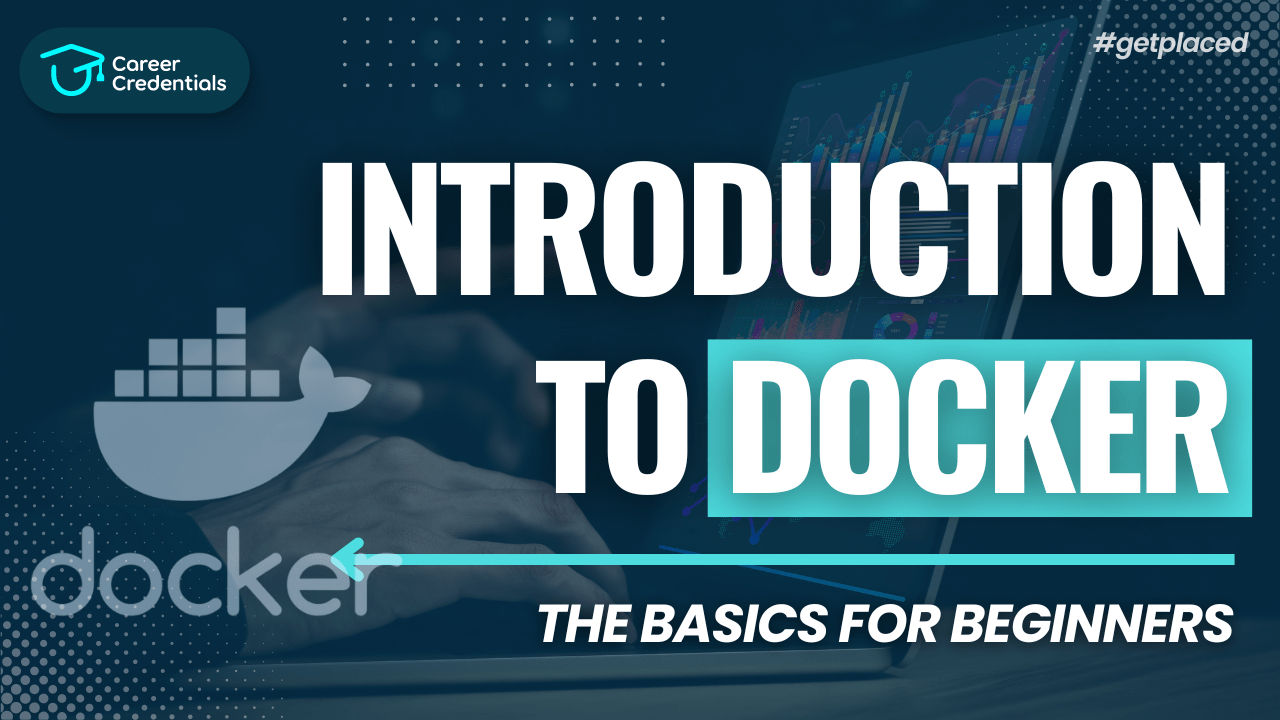Agile for Beginners: What is Scrum?
What is Agile?
Agile software development is a group of methodologies based on iterative development, where requirements and solutions evolve through collaboration between self-organizing cross-functional teams. It promotes disciplined project management, frequent inspection and adaptation, teamwork, self-organization, accountability, engineering best practices, and alignment with customer needs and company goals. Agile development is rooted in the Agile Manifesto, which was created by fourteen industry leaders to outline effective software development practices. Agile can also be applied to hardware projects, exemplified by frameworks like Cprime’s Agile for Hardware.
Enroll Now: HTML & CSS Essentials By Jayesh Raut Sir and build a solid foundation in web development with expert guidance!
What is Scrum?
Scrum is a subset of Agile, characterized by its lightweight process framework designed for agile development. It is distinguished by specific concepts and practices categorized into Roles, Artifacts, and Time Boxes. Scrum involves development cycles called Sprints, aims to increase productivity and reduce time to market, and helps organizations adjust to rapidly-changing requirements. The key benefits include higher quality deliverables, better adaptability to change, improved estimates, and more control over project schedules.
Check Out: Clean Code : A Handbook of Agile Software Craftsmanship for FREE!!
What are the benefits of Agile?
Benefits to Customers:
- Faster development and delivery of high-value features.
- More responsive to development requests.
Benefits to Vendors:
- Reduced waste by focusing on high-value features.
- Faster time-to-market.
- Improved customer satisfaction leading to better retention and references.
Benefits to Development Teams:
- More enjoyable development work with valued outcomes.
- Reduced non-productive tasks.
- More time for creative and productive work.
Benefits to Product Managers:
- Easier alignment of development work with customer needs.
- Frequent opportunities to reprioritize work for maximum value delivery.
Benefits to Project Managers:
- Easier and more concrete planning and tracking.
- High awareness of project status through task-level tracking, Burndown Charts, and Daily Scrum meetings.
Benefits to PMOs and C-Level Executives:
- High visibility into the state of development projects.
- Better strategic planning based on hard information.
Enroll Now: Learn Django with Prashant Sir and master web development!
What are the Scrum requirements?
Scrum does not prescribe specific forms for requirements but organizes them into the Product Backlog, known as Product Backlog Items (PBIs). Common requirements artifacts include:
User Story:
- Describes a desired feature in narrative form, usually written by the Product Owner.
- Includes elements like a name, descriptive text, references to external documents, and testing information.
Technical Story:
- Represents significant work that supports user-facing features.
- Similar to User Stories but may not be in narrative form.
Defect:
- Description of a product failure to behave as expected.
- Stored in a bug-tracking system and added to the Product Backlog for sequencing and scheduling.
Check Out: Microsoft Interview Preperation Questions by Career Credentials for FREE!!
What are the Scrum roles?
ScrumMaster:
- Keeper of the process, responsible for smooth operation, removing productivity obstacles, and organizing critical meetings.
- Teaches the Product Owner to maximize ROI, facilitates team creativity and empowerment, and improves productivity and engineering practices.
Product Owner:
- Keeper of requirements, providing a single source of truth for the team.
- Interfaces between the business, customers, and the team, maintaining the Product Backlog and setting release schedules.
Team:
- Self-organizing and cross-functional group responsible for developing and testing the product.
- Decides on task allocation and organization, usually consisting of 5-9 people.
Enroll Now: Javascript Crash Course by Career Credentials and master javascript!
How does Agile save you money?
Agile reduces waste by focusing on high-value features, decreases time-to-market, and improves customer satisfaction. This translates to better customer retention and more positive references, ultimately reducing costs and increasing revenue.
What are some agile metrics I can use for reporting?
Operational Metrics:
- Lead Time
- Cycle Time
- Burndown Charts
Output Metrics:
- Throughput
- Agility Assessment Model
- Technical quality/defect measurements
- Number of features
Outcome/Value Metrics:
- Team Morale
- Customer Satisfaction/NPS
- Business Value
Also Read: How Artificial Intelligence is Used in Stock Trading by Career Credentials
How do I deal with Distributed Teams in Agile?
Intact Teams in Different Geographical Locations:
- Trust teams to solve challenges and support their ideas.
- Encourage experimentation and continuous improvement.
Teams with Remote Members:
- Prefer colocated teams to minimize communication issues.
- If not possible, follow the same principles of trust and experimentation.
Also Read: What Is DevOps and How Does It Work? by Career Credentials
What is SAFe?
The Scaled Agile Framework (SAFe) is a collection of principles, structures, and practices to consistently and successfully scale Agile practices in medium and large organizations. It helps transition from waterfall or ad-hoc methodologies to Agile, providing benefits like improved delivery, engagement, and quality.
How does Agile relate to DevOps?
Agile and DevOps share traits focused on efficiency and speed. DevOps complements Agile by using tools, automation, and cultural strategies to improve how teams work together, promoting greater quality and faster delivery.
Should I be using Scrum, Kanban, or another flavor of Agile?
Choosing between Scrum, Kanban, or another Agile methodology depends on your business needs, organization size, structure, and geographical distribution. Scrum is the most widely used, while Kanban originated in manufacturing. Evaluate your specific context to determine the best fit.
How do I scale Agile adoption?
Scaling Agile involves addressing coordination, communication, shared or dependent work, and remoteness of teams. Most scaling frameworks, like SAFe, extend Scrum practices to solve these challenges. Consider organization size and commercial needs when selecting a scaling framework.
What is the best holistic approach to Agile adoption?
Adopting Agile should involve the entire organization, not just engineering. Embrace system thinking, align all domains with value delivery, and support collaboration. Consider restructuring and shifting management styles for organizational alignment.
How do I amplify the impact of Agile?
Develop a learning organization with a clear purpose and a trusting environment. Encourage experimentation and learning across the company, focus on value delivery, and ensure measurements are consistent with business drivers.
How have other organizations successfully adopted Agile?
Successful Agile adoption involves embracing Scrum values, seeking volunteers for change, and addressing the human aspect of the transition. Promote commitment, courage, focus, openness, and respect to foster an organizational culture that supports Agile practices.
Confused About Your Career?
Don't let another opportunity pass you by. Invest in yourself and your future today! Click the button below to schedule a consultation and take the first step towards achieving your career goals.
Our team is ready to guide you on the best credentialing options for your aspirations.
Let's build a brighter future together!
Empower Yourself. Elevate Your Career at Career Credentials Where Education meets Ambition.




